To help us provide you with free impartial advice, we may earn a commission if you buy through links on our site. Learn more
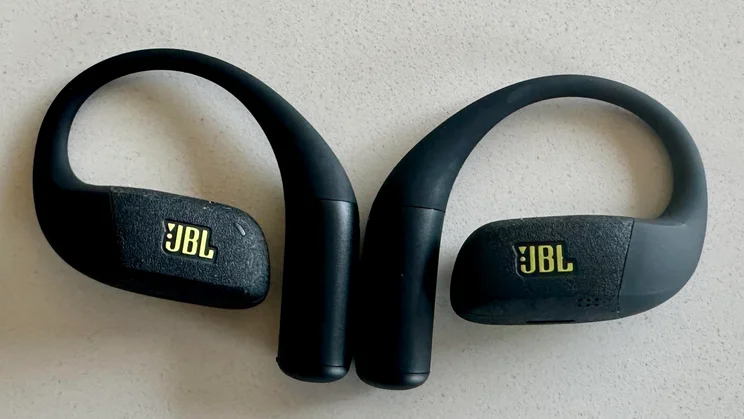
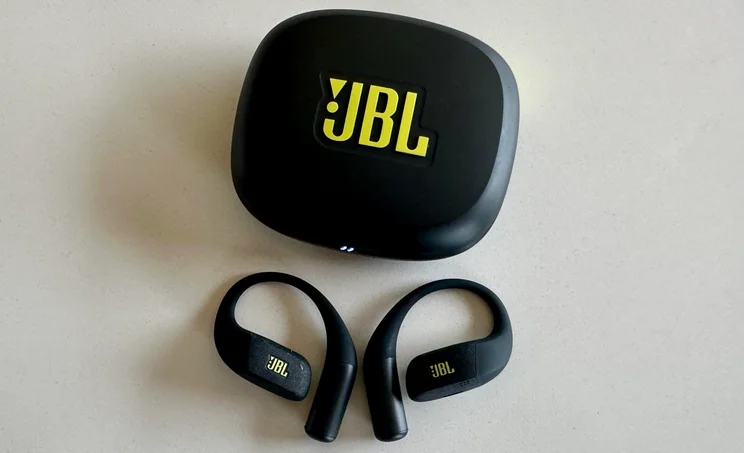
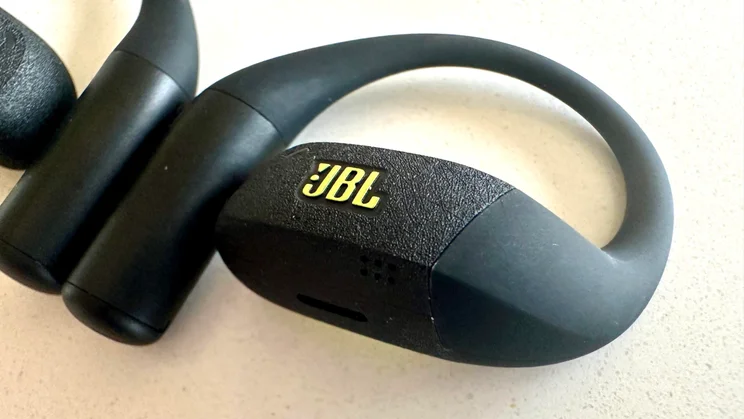
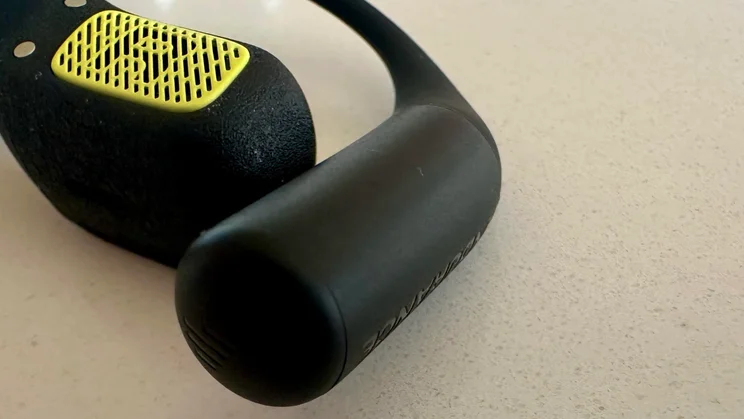
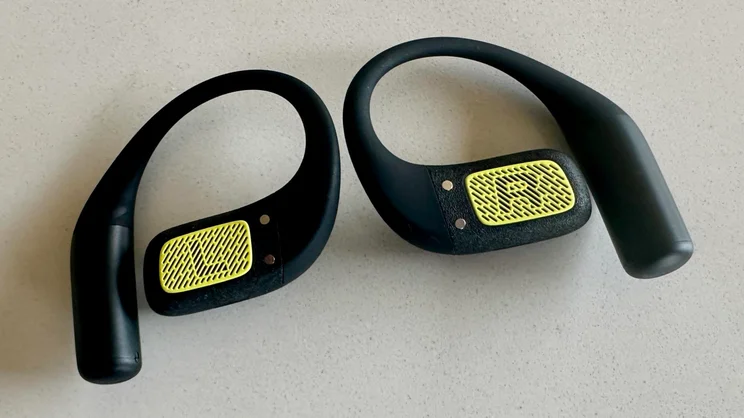
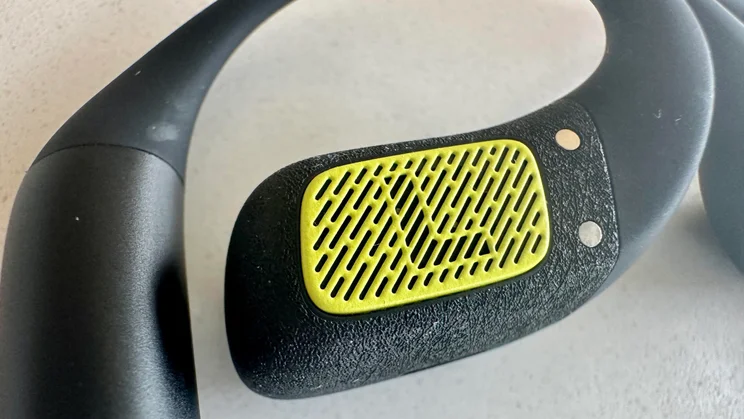
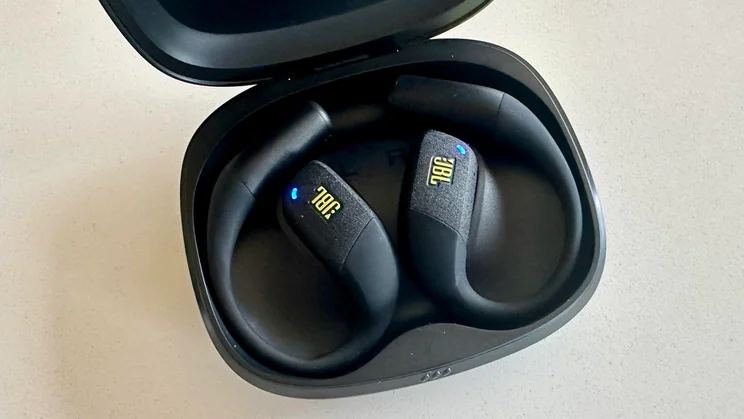
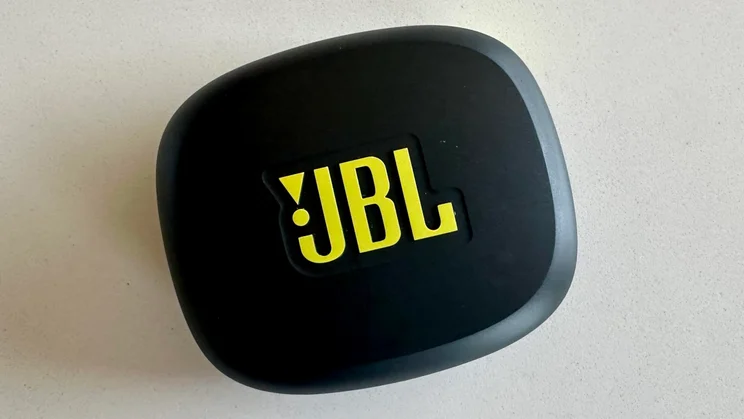
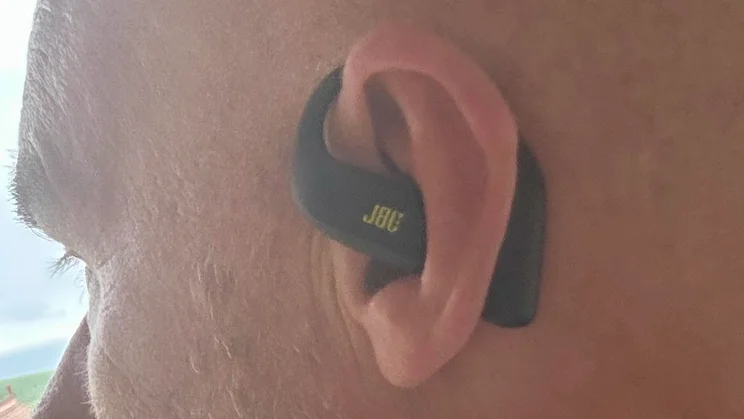
- Secure and comfortable fit
- Good battery life
- Decent app
- Sound is predictably lightweight
- Lack outright volume
- Drowned out by minor external sounds
By open-ear headphones standards, the JBL Endurance Zone are super-secure, super-comfortable and are available in a variety of super-sudden colours. In most respects, in fact, their specification is right on the money: big 18mm drivers, ample battery life, excellent protection against dust and moisture ingress, and great control options.
The sound they make, though, is your classic game of two halves. They’re poised and fairly detailed, but are completely devoid of meaningful low-frequency presence. Add in the fact that their sound can be drowned out by even quite mild external forces, and it should be obvious that JBL Endurance Zone ownership won’t be for everyone.
What do you get for the money?
The JBL Endurance Zone cost £120 and are open-fit earbuds sporting what is now a well-established curvy spiral-shaped design. Each earbud houses an 18mm dynamic driver (good for a claimed frequency response of 20Hz – 20kHz) in an enclosure that sits above the concha at one end and an ear-hook containing battery power at the other.
Each earpiece weighs 10g, and the charging case in which they both travel comes in at 67g (when it’s empty). The case is a necessarily hefty 91 x 58 x 35mm (WDH) – the open design is relatively large, after all. These comparatively large dimensions do, at least, allow space for meaningful battery power – the earpieces will run for eight hours on a single charge, and there are three further full charges held in the case, taking total battery life to 32 hours. A quick 10-minute burst of mains power should hold you for another three hours of listening.









There are two mics in each earbud to deal with telephony and interaction with your source player’s native voice assistant (should it have one). At the business end of each earpiece, you’ll find capacitive touch surfaces, and from here it’s possible to control the basics of playback like play/pause, volume adjustment, track skipping, answering and rejecting calls, and summoning your voice assistant.
There’s compatibility with the JBL Headphones control app, and here you can investigate some EQ presets (in two different fields, weirdly enough), set a volume limiter and adjust the left/right balance. It also allows you to specify an auto power off time limit, engage “Relax mode”, which plays ambient sounds in the name of wellbeing, check on remaining battery life, and toggle between the Audio and low-latency Video modes.









Wireless connectivity is via Bluetooth 5.3; there’s support for multipoint pairing, and the buds are compatible with the SBC and AAC Bluetooth codecs too. On the design front, the Endurance Zone are available in a variety of finishes; as well as the black/lime of my sample, black/grey, blue, purple and white are also on offer.
What did we like about them?
First things first, and arguably one of the most important things about a pair of open ear headphones designed with activity in mind: the JBL Endurance Zone’s fit is very comfortable and secure. Their weight may raise a few eyebrows, but the design is so well-judged and the weight distribution so even that they manage to stay comfy for hours on end and even through the most vigorous activity. The only reason you’ll be reaching for these earbuds while you’re listening to them is to access their touch controls. And I found the touch controls nicely implemented, responsive and difficult to confuse.
The control app is well worth dipping into, too. It may not be the most wide-ranging example of the type you’ve ever used, but what it has is useful and stable. The EQ presets make an appreciable difference to the sound, the volume limiter is handy, and in “Pulse Dry”, the app has a feature I can safely say I have never encountered before. The IP68 rating for the earpieces means they can safely be submerged in an appreciable depth of water for quite a while, and JBL recommends rinsing them under a running tap at the end of a workout or run. Then you can activate Pulse Dry, which uses a specific tone to help drive away droplets of moisture from the earbuds. Do YOUR earbuds help dry themselves? No, neither do mine.









There are aspects of the way the Endurance Zone sound that are straightforwardly enjoyable. They’re a poised and quite expressive listen, and can retrieve a fair amount of detail from a record and put it into quite a convincing context. They keep momentum levels high, and the soundstage they’re able to generate is fairly open and broad, too.
What could be improved?
Obviously, the JBL Endurance Zone are not noise-cancelling headphones. Quite the opposite, in fact; they’re designed to ensure you’re aware of ambient sound to allow you to respond to specific situations. But a lack of outright volume means that external conditions don’t have to be all that noisy for the sound of the earpieces to be overwhelmed. An open design like this will never be immersive, but I like to be able to keep track of whatever I’m listening to, even if I’m aware of the sound of the traffic that’s passing by. But it doesn’t take much ambient noise to dominate the sound of the JBL entirely.
This isn’t helped by the fact that low frequencies are little more than a rumour here. Again, the specifics of the design mean that deep, punchy bass was never going to be on the menu, but even with the EQ set to “Extreme Bass” and the sound setting control at “Increased Bass”, the presentation is lightweight and lacks any sort of rhythmic or dynamic drive.









That’s not just in absolute terms, either. Compared with the Bose Ultra Open Earbuds, the JBL are lacking where weight, body and low-end presence are concerned. In fact, they’re not even a match for the Panasonic RB-F10 I tested here recently. The claimed frequency response of 20Hz – 20kHz seems, I have to say, fanciful.
The Panasonic RB-F10 also demonstrate that there’s no need for the JBL charging case to be as bulky as it is. Obviously a pair of relatively large earpieces need a relatively large amount of space, but the charging case here seems almost wilfully big.
Should you buy the JBL Endurance Zone?
If you’re after open headphones with stamina where battery life is concerned, a go-anywhere, do-anything IP rating, sky-high comfort and excellent security of fit, stick around. If you want to add in a very worthwhile control app and a decent standard of build and finish, don’t go anywhere. But if you’re after sound with a gesture towards low-frequency presence that is bold enough to be heard over even mild external distractions, the I suggest avoiding the JBL Endurance Zone.







